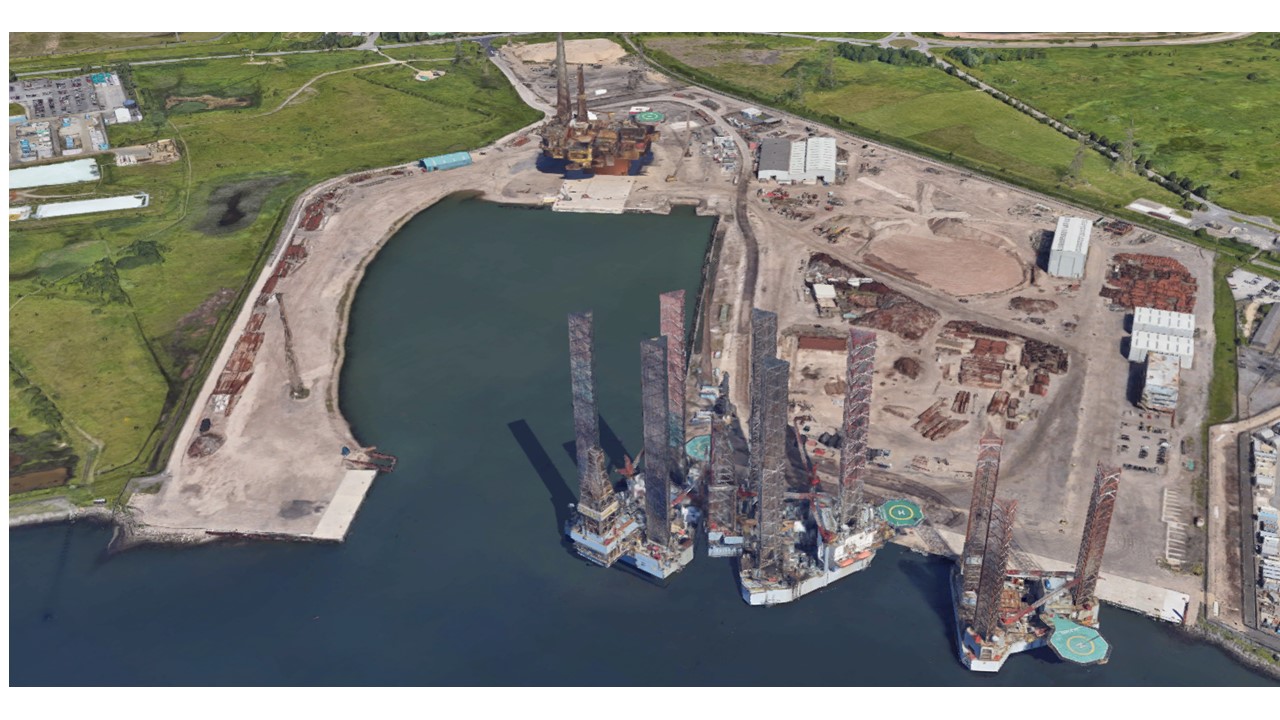A fresh row has broken out over the European ship recycling regulation which comes into force at the end of this year.
European shipowners say there is not enough capacity on the European list of approved yards, and suggest some of the Asian yards are brought into the list, while the counter argument from other lobby groups is that thisis fake news, and that there is, given the amount of tonnage likely to be scrapped.
The European Ship Recycling regulation was agreed in 2013, and called for a list of approved facilities to be drawn up, and for ships under European flags to then be sent to one of these facilities when the decision was made to recycle them.
The regulation also calls for all vessels calling at EU ports to have an approved inventory of hazardous materials kept onboard and up to date.
The European rules are based on the IMO ship recycling convention which still remains a long way from coming into force.
This latest row is because the current list of approved recycling yards consists of 21 facilities, which have a total recycling capacity of 330, 000 light displacement tonnes a year according to the way the EU calculates capacity. The regulation calls for the list to have a capacity of 2.5m LDT.
The list capacity however comes with three facilities having a capacity of zero on the list. The capacity is based on a text in the Eu regulation which states that “the annual ship recycling output of a ship recycling facility is calculated as the sum of the weight of ships expressed in LDT that have been recycled in a given year in that facility. The maximum annual ship recycling output is determined by selecting the highest value occurring in the preceding 10-year period for each ship recycling facility, or, in the case of a newly authorised ship recycling facility, the highest annual value achieved at that facility.”
According to the list though most of the yards have provided a theoretical capacity, and this totals 1.163m LDT. All the facilities on the list are in Europe. In an update to the list the Commission says that there are non-European facilities being evaluated. These may be included in the list by the end of the year.
However the European Community Shipowners’ Association says the current capacity is far away from the 2.5m LDT mentioned in the regulation, which it says has been drawn from international research by Brussels ahead of the regulation being written and which it believes reflect reality.
In a footnote to its latest press statement, ECSA says: “In 2016 around 10 mio LDT has been recycled. The EU fleet (incl. Norway) is, expressed in gross tonnage, around 22 % of the world fleet. 22 % out of 10m is around 2.2m LDT.”
It is worth remembering that gross tonnage is a unitless reference to the cargo carrying volume of a vessel, while light displacement tonnes is the actual weight of the machinery and steel, and therefore an indication of the scrap value of a ship.
In the press statement ECSA secretary general Martin Dorsman is quoted:
“For ECSA, this demonstrates clearly that only when third country ship recycling yards will get EU recognition and added to the list, there will be sufficient capacity. This is a message we have tried to pass on to the European Commission – for the moment, the yards on that list will not be able to respond to the recycling capacity demand”
The quote goes on to urge the EU to rapidly include non-European facilities onto the list, particularly referencing Indian facilities that have been noted for making significant changes in therecent years to improve their environmental and safety standing.
“One of the most important drivers for the improvements in the Indian facilities is in fact their ambition to work towards approval and inclusion in the EU list of facilities,” says the ECSA statement.
However the EU Ship Recycling Platform, an active lobby group against the practice of running vessels onto beaches, accuses European shipowners of being misleading, saying they are trying to undermine the European Ship Recycling Regulation.
In a press statement, it accuses the shipping industry of attempting to lower the standards set by the EU. While it comments on the Chinese decision to no longer import ships for recycling, it believes that the current facilities on the list will be sufficient for the amount of EU flagged tonnage likely to be scrapped.
“ Indian beaching yards that have applied to be on the EU List will not be included as there is no way for these yards to comply with the requirements of the Regulation as long as ships are beached. The overall capacity and sizes of all the facilities that are compliant with EU law will easily accommodate the recycling needs of EU-flagged ships by 1 January 2019. The scaremongering of the shipping industry therefore needs to be debunked, and the European Commission should not bow-down to the “fake news” spread by the ship owners,” it wrote in its statement.
It also points again to earlier proposals for a financial incentive to be developed that will push owners towards clean and safe ship recycling.
In its own footnote, the Shipbreaking platform says the 21 facilities on the list can handle over 1m ldt, and whilst most can only take in smaller vessels, at least 10 of the facilities on the List can take in larger vessels.
“In 2017, less than 500,000 LDT was registered under an EU flag at end-of-life, out of which 245,827 LDT ended up on the South Asian beaches. All EU-flagged vessels broken last year could have been recycled in facilities that are on the EU List, both in terms of LDT and size. Even when adding also the 423,369 LDT of the 24 ships that swapped their EU flag for a non-EU one a few weeks before beaching, the total tonnage does not exceed the capacity of the current EU-listed facilities.
































